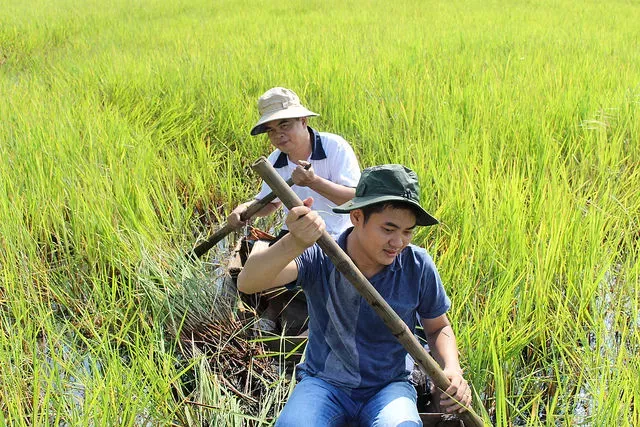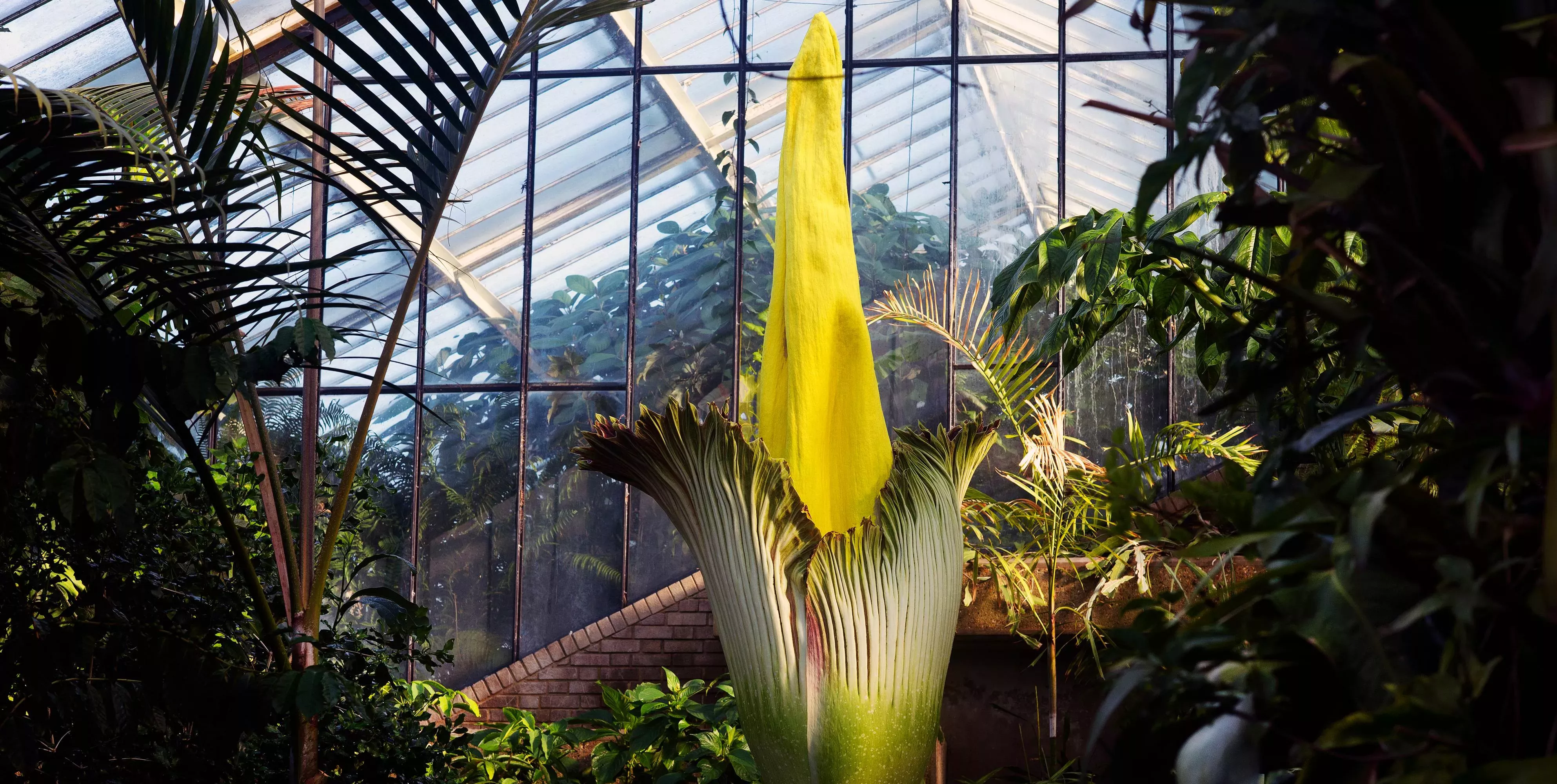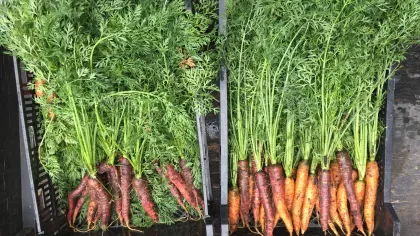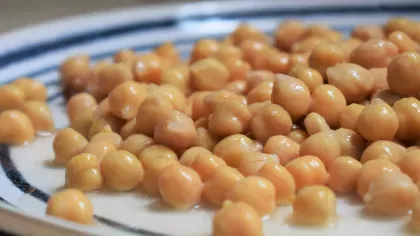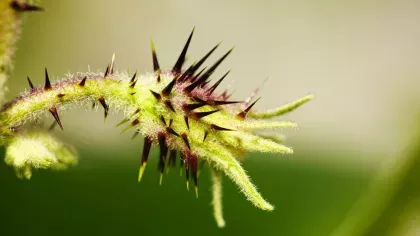12 February 2019
Rice, rice, baby: The global importance of rice
Rice is the staple food for billions of people. So it's vital that we protect it. We examine this valuable seed and explore its importance

From Italian risotto to Nasi Goreng in Indonesia, rice is the staple food for billions of us.
This seed is not just a plate filler; it’s also the livelihood for a fifth of the world’s population who rely on rice cultivation as an income.
As our population soars, millions more will need feeding and production could be outstripped by demand.
Let’s drill down a bit to understand more about this hugely important plant.
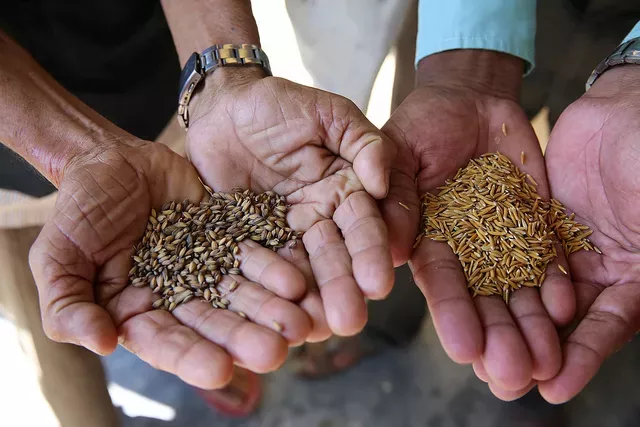
What is rice?
Rice is a cereal grain and monocot; a plant with a seed that has one embryonic leaf.
The only two types of cultivated rice are African rice (Oryza glaberrima) and Asian rice (Oryza sativa).
The plant itself grows between 90-150cm. The sheaths which enclose the leaves are smooth and hairless, with slim leaves of up to 30cm long and 15mm wide.
The small flowers have 6 anthers (the part of the stamen with pollen) and 2 stigmas (where pollen germinates). It has a dry fruit and spreads its seed through the wind. The grain gets processed into rice.
How does it grow?
Rice loves wet places.
It’s spread across warm, tropical and aquatic conditions like flood plains, wetlands, ponds and streams.
Whilst rice farms are global, it’s concentrated mainly in Asian developing countries. But it needs a good infrastructure to support the industry, including disease and pest control.
Rice can take up to 200 days to mature, and then it’s a hard process of manual work to hand-harvest it from the paddy fields and dry out the plants.
Then the seeds are threshed and milled with a huller, removing the outer husk until it becomes rice.
Much like making bread, the more you mill, the ‘whiter’ the rice becomes. However, it loses some of its nutritious properties in the process.
Other techniques, like parboiling, polishing or puffing, turn it into the different types of rice you can buy.
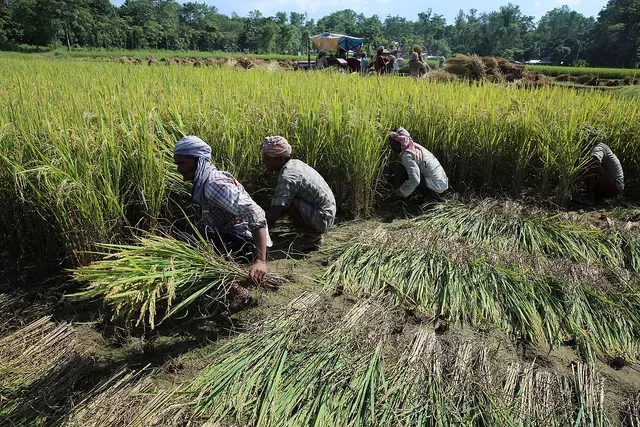
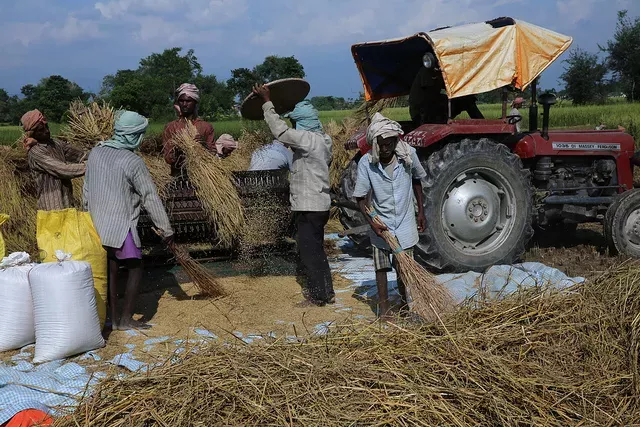
What is it good for?
For a start, it’s delicious!
Steamed, boiled or fried, there are a multitude of ways to prepare it. As a complex carb, it is the primary source of energy for over half of the world’s people.
Depending on the strain of rice, it can contain decent amounts of fibre, protein, vitamin B, iron and manganese. This means it can play a vital role against malnutrition.
In some cultures, rice is thrown at weddings. In others, a Dewi Sri, the rice goddess, is worshipped.
The whole plant can be re-used for cooking fuel or feeding livestock. The husks can be recycled as fuel or bedding, or added to building materials or turned into paper.
In traditional medicine, rice has been used to treat skin or gastric conditions, or boiled down for an eye lotion. It can even be an ingredient in beauty products to make shiny hair.
Rice under threat
Rice production can devour water resources.
It’s a delicate balance between ‘too hot’ and ‘too wet’.
Extreme temperatures can stress the plants; flooding can destroy the paddy fields and heat waves can stop it from growing at all. If the environment becomes too humid, then disease can spread.
Improper farming techniques like over-irrigation or misuse of insecticides can negatively impact production. Diseases like the grassy stunt virus, which destroyed over 116,000 hectares in Asia are also a problem.
Kew's work on rice
Kew is part of the Crop Wild Relatives project working with partners in 24 countries to collect seeds of the ‘wild cousins’ from 29 key global crops.
Each collection is conserved in country and a portion is sent to the Millennium Seed Bank, where it is cleaned, dried and frozen in the -20 degrees celsius cold stores. This duplication of the seed collection ensures the conservation of the species. The seeds can be sent to international centres for research and breeding new, improved crops.
We chose these crops because they were assessed as being vital to food security, sustainable agriculture and people’s livelihoods. They need protecting.
We can learn from wild species that may have developed a genetic resilience to the impacts of climate change, like extreme temperatures, or pests and diseases.
By doing that, we could breed a new crop variety and protect this valuable staple for generations to come.
